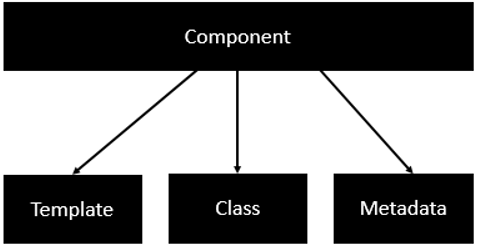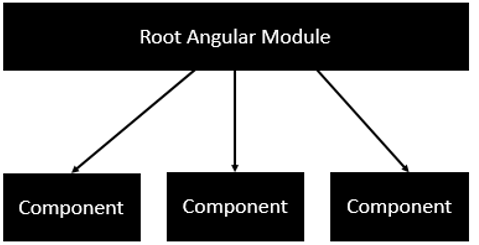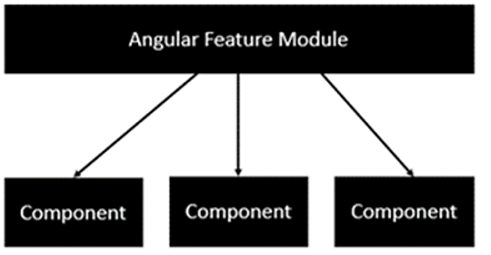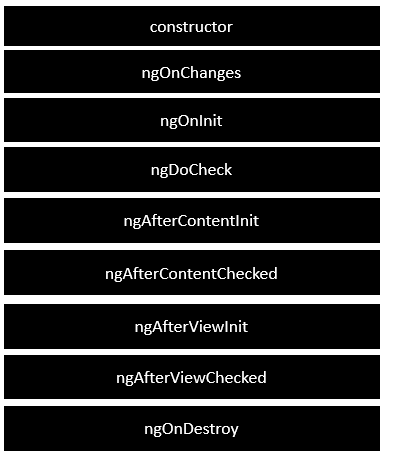Updated July 6, 2023
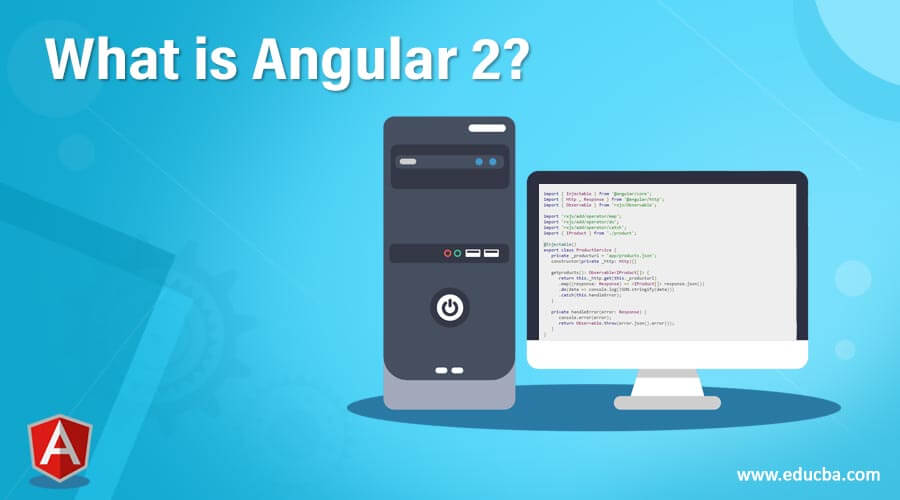
What is Angular 2?
Angular 2 is a JavaScript open-source platform for creating HTML and JavaScript Web applications. This guide discusses the different aspects of the Angular 2 frame, which includes the fundamentals, the configuration of Angular, and how to work with the different aspects of the frame. This is a leading platform for front-end applications that the Angular team at Google regularly updates. It is entirely component-based. It comprises a variety of tree structure components with the components of parent and child.
Modules in Angular 2
In an application, the logical boundaries are put together by Angular 2. The functionalities could be separated into different modules instead of putting everything into one application. Below are some of the parts by which a module is made of–
- To access the functionality in the application, the components that need to be loaded are informed to Angular JS with the Bootstrap array’s help. The component needs to be declared in the bootstrap array so that in the Angular JS application, it could be used across other components.
- The pipes, derivatives, components, and so on are exported via the export array to be used in other modules.
- From other Angular JS modules, the functionality could be imported with the help of an import array.
Architecture
The architecture of angular2 is as follows:
The above diagram describes the anatomy of an Angular 2 application. The functionality of the application is defined by each component which is the logical boundary. The functionality across components is shared with the help of layered services.
A component is defined by class, template, and metadata. The properties and methods consist of the class. The functionality of the class is extended, and it is decorated with the help of metadata. The application’s HTML view could be defined with the help of the template.
This application has one root module and several components that separate the functionality.
Similar to the Root Angular module, the feature module has several components that distribute the functionality.
In an Angular JS application, the logical piece of code is defined by the components.
- The binding and derivatives are done by the template, which contains the application’s HTML and renders the view of the application.
- The properties and methods are present in the class, which supports the view of the application and is defined in TypeScript. It has the Classname, Property name, PropertyType, and value.
- With a decorator, the Metadata is defined, which has the extra data.
Features
The power of HTML is extended with the help of a custom HTML element known as a directive. The directives in Angular 2 are ngif and ngFor.
- Elements are added to the HTML code with the ngif element’s help in true scenarios but would not be added if it evaluates to False. Represented by.
- Based on the for loop condition, the ngFor element is used.
Data binding is one of the features in Angular 2. Into a property of a class, the property of an HTML tag could be a bind.
In Angular 2, error handling is an option for applications. The ReactJS catch library is included, and the catch function is used. Below is the error handling code.
To the Error Handler function, the link is contained by the catch function. To the console, the error is sent by the error handler function. The execution is continued after the error is thrown back into the main program. This redirects the error to the console.
Users are directed to different pages with the help of Routing after an option is chosen from the main page.
In this, the data could be transformed with the help of several filters and pipes.
- To convert into lowercase.
- To convert into uppercase.
- From an input string, a piece of data could be sliced. The slice starting position is refereed by the start, and the end position is referred by the end.
- The input string could be converted to date format with the help of the date function.
- To the currency format, the input string is converted with the help of the currency function.
- To percentage format, the input string is converted with the percentage function.
Custom pipes could be created with the help of Angular 2 as well.
- The Pipename defines the name of the pipe.
- The Pipe class defines the custom pipe class.
- For working with the pipe, the transform function is used.
- To the pipe, the parameters are passed by Parameters.
- The Return type defines the pipe’s return type.
Lifecycle of Angular 2
From its initiation till the end of the application, the Angular 2 application has its lifecycle.
This diagram depicts the entire lifecycle of Angular 2. Below is the description.
- The change in the value of a data-bound property is described by the ngOnChanges method.
- After Angular displays the data-bound properties, during the initialization of the component, the ngOnInit method is called.
- When Angular itself could not detect changes, the ngDoCheck is used for detection.
- Into the component’s view, when the Angular projects the external content, the ngAfterContentInit is called in response.
- Once the Angular checks the content that is projected, the ngAfterContentChecked is called in response.
- Once the Angular initializes the component’s views and child views, the ngAfterInit is called.
- The ngAfterViewChecked is called after the components and child views are checked by Angular.
- Prior to the destruction of the directive or the component by the Angular, the NGOs destroy, which is the clean-up phase is called.
Services is another property of Angular 2, which is used when various modules need a common functionality. Among various modules, the database functionality could be reused. The database functionality could be used by that service created.
Why do we need it?
- It provides features that help in debugging and understanding the code; the development and editing experience would also be enhanced.
- The coding becomes more consistent with the help of Angular 2.
- Angular 2 provides extensive binding capabilities. Its property binding feature allows controlling DOM. Reaction to any event from the view could be achieved with the help of the event binding.
- A fully featured routing capability is provided by Angular 2.
- It has extensive documentation and community support which provides a solution to almost every issue faced.
Conclusion
It is one of the most sought-after web development frameworks and the one you need to build your next web application.
Recommended Articles
This is a guide to What is Angular 2?. Here we discuss the introduction, the Modules, features, along with the lifecycle of Angular 2. You can also go through our other suggested articles to learn more –

